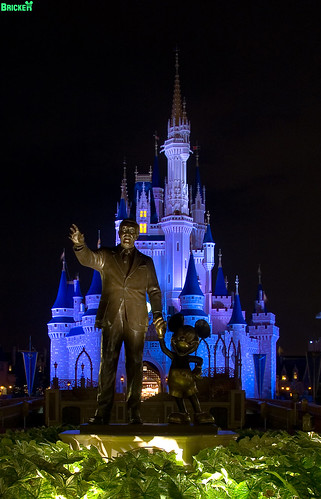boBQuincy
<font color=green>I am not carrying three pods<br>
- Joined
- Nov 26, 2002
From Wikipedia:
For a given f-number, increasing the magnification, either by moving closer to the subject or using a lens of greater focal length, decreases the DOF; decreasing magnification increases DOF. For a given subject magnification, increasing the f-number (decreasing the aperture diameter) increases the DOF; decreasing f-number decreases DOF.
So, DOF is a factor of focal length, f/stop, and magnification (if the sensor size stays constant). DOF is further determined by the Circle of Confusion, which is open to interpretation and so is not a well defined number.
As for "better", the bokeh is really more a characteristic of a particular lens than of a focal length. Canon's 50mm f/1.8 and 50mm f/1.4 have very different bokeh.
For a given f-number, increasing the magnification, either by moving closer to the subject or using a lens of greater focal length, decreases the DOF; decreasing magnification increases DOF. For a given subject magnification, increasing the f-number (decreasing the aperture diameter) increases the DOF; decreasing f-number decreases DOF.
So, DOF is a factor of focal length, f/stop, and magnification (if the sensor size stays constant). DOF is further determined by the Circle of Confusion, which is open to interpretation and so is not a well defined number.
As for "better", the bokeh is really more a characteristic of a particular lens than of a focal length. Canon's 50mm f/1.8 and 50mm f/1.4 have very different bokeh.














